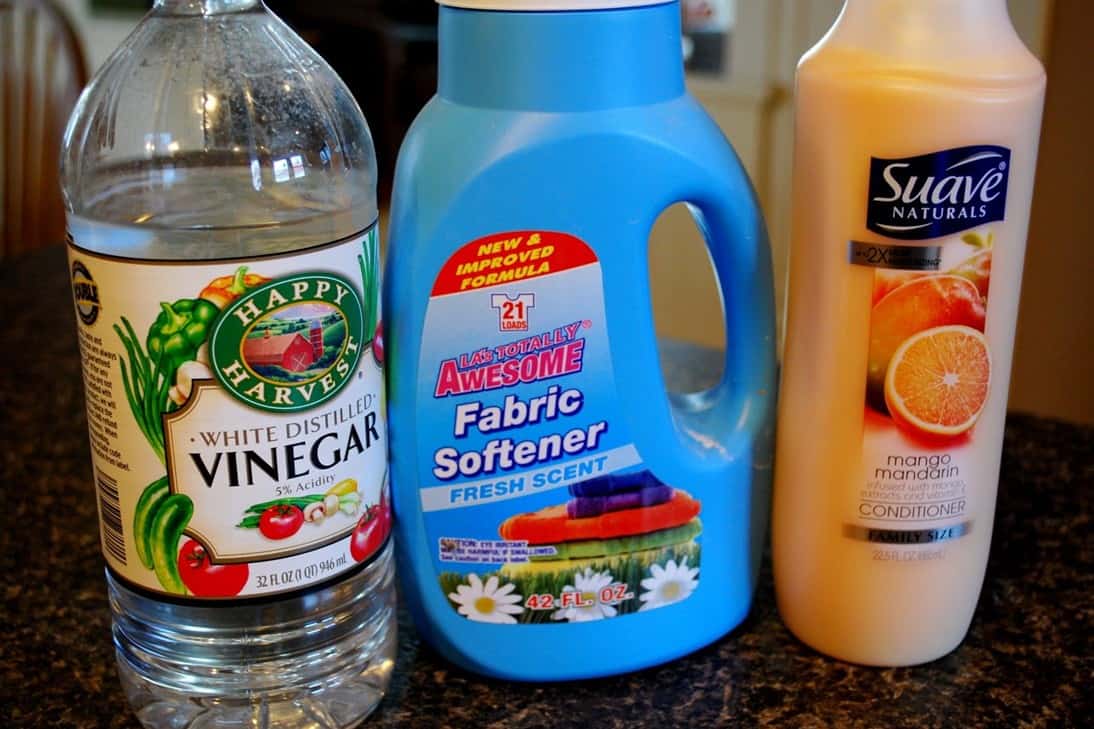Sometimes, people make easy mistakes, like buying the wrong size or accidentally shrinking their clothes while washing, etc. In situations where you would want a piece of clothing to stretch and unshrink, knowing how to stretch clothes is very handy. This way, accidentally shrunk or smaller clothes are not thrown away easily.
Why Do Clothes Shrink?
Shrinking clothes is a common issue when it comes to wardrobes and washing processes. There could be a lot of reasons why your clothes could shrink, and so having to know these things may help in preventing them. Here are some of the reasons why your clothes could shrink.
- Fiber content – Some clothes can be more at risk of shrinking than others. This depends on the material composition of the fabric. Some natural fibers, including wool and cotton, are the most likely to shrink compared to others.
- Excess Moisture – Exposing some natural fibers like linen and silk to water causes the fiber to absorb water and, thus, swell.
- Heat and Agitation – Heat and washer agitation combined can shrink your clothes too.
Types of Shrinkage
Felting Shrinkage
Felting usually occurs on clothes that are made up of constructed animal hair fibers like wool. Wool fibers are covered in scales, and when these scales are exposed to heat and moisture, they compress and web together.
Thus, the fabric shrinks. This type of shrinkage is common with sweaters that are mishandled. Felting shrinkage is also termed “progressive shrinkage.” From the term itself, this is a condition in which a piece of clothing may continue to shrink gradually every time the constructed animal hair fiber is washed.
Swelling Shrinkage
Absorbent fibers like cotton, linen, silk, and other fabrics that have been modified to be absorbent are most vulnerable to this type of shrinkage. When these types of fibers are exposed to water or moisture, they will absorb it and will swell.
By going through this process, the entirety of the article of clothing is then shrunk. Relaxation shrinkage usually affects less than 1% of the overall garment size, so it barely has an influence on the garment’s fit.
Consolidation Shrinkage
Consolidation shrinkage is a mixture of many elements, including moisture, heat, and mechanical action like the agitation of your clothes as they are in contact with the washer (washing and drying cycles).
Combining these elements causes the fabric to release whatever tension was put there during their creation and undergo relaxation shrinkage. And so, the piece of clothing is prompted to return to its original state, which is, most of the time, smaller.
Relaxation Shrinkage
This type of shrinkage happens when elements are put together in a way that causes the fabric to release the “pull,” or the tension, that is implemented during their creation. Thus, the material is at risk of returning to its original or “natural” size, which is almost always smaller than when you bought it.
4 Methods for Stretching Clothes
There were times when you could have mishandled your clothes. Nobody’s perfect, and so people are vulnerable to these types of mistakes too.
To avoid discarding your pieces of clothing, there are ways you can stretch your clothes and help them regain the size they lost. On the other hand, sometimes people may have bought the wrong and slightly smaller sizes than they intended to. And so, they can turn to these methods and give them a shot.
1. Hair conditioner or fabric softener Solution
This method is one of the most convenient ways to stretch a fabric, as hair conditioner and fabric softeners are usually almost always present inside people’s homes.
Steps:
- Fill a sink or a tub with warm water that’s enough to accommodate the size and amount of clothes you are going to stretch.
- Add a few tablespoons (up to a quarter cup) of conditioner or fabric softener to the water and use something to help it dissolve.
- Submerge your clothes in the solution.
- Soak a thin piece of clothing for 10 minutes and a thicker knit for longer, up to 30 minutes.
- Drain the water.
- Press some of the remaining moisture or wetness out of the fabric. Roll it up with a towel to help drain more water out of the clothing. Damp is what you are aiming for, not super wet!
- Spread out the dampened shirt flat on the parchment paper template you have prepared.
- Slowly stretch the fabric in a smooth and gentle motion until it reaches the edges of the parchment paper template. Use heavy and clean objects to hold the shirt’s edges together, like canned foods, mugs, etc.
- Let the whole process sit for at least 24 hours, letting the fibers dry in that shape, relaxed and making the stretch permanent.
2. Baby Shampoo Solution
As you have noticed, baby shampoos have their own way of making your hair soft. Unlike regular shampoos, baby shampoos contain milder agents. This means they lack harsh chemicals that allow them to be compatible with many materials. This method is ideal for most knitted clothes, woven kinds of cotton, and cotton blends. This method can also be used on animal fibers like wool.
Steps:
- Fill a sink or a tub with warm water.
- Depending on the size of your clothes, pour one or two capfuls of baby shampoo into the water.
- Submerge your pieces of clothing into the solution and leave them to soak for 10 minutes.
- The next step is to use your hand and get to work. Work on your clothes and massage the fabric gently. It’s comparable to kneading dough, but this time, it’s super wet. This action allows the solution to get absorbed into the fibers more effectively and maximizes their ability.
- After this, get the clothes out of the solution and gently press the water out of the fabric. Roll the clothing in a towel to help suck up water and remove more water.
- Lay the piece of clothing flat on the parchment paper template and gently tug and stretch, following the template.
- Use clean and heavy materials to hold the edges in place.
- Air dry your clothes until no moisture is present.
When using this method with clothes made of wool, perhaps a sweater, you might need to spend more time kneading the clothing while soaking it in the solution. This material takes a bit more time to relax and unshrink.
3. Vinegar and Baking Soda Method
This duo is as useful as ever, not only in cooking but also in cleaning. These two are non-negotiables inside a house, so following this method is convenient and totally inexpensive.
This method may take more effort, but it will be worth it. The vinegar and baking soda method work ideally well with fabrics made with natural fibers like cotton. This method does not work well with synthetics like rayon or polyester.
Steps:
- Boil and prepare 8 cups of hot water.
- Measure two tablespoons of baking soda and put it into the hot water and mix.
- Stir for a few minutes, just enough to make the baking soda completely invisible and therefore properly disintegrated.
- Get your clothes and submerge them in the solution.
- Press out any excess water, but do not wring it out.
- Do not drain the water; you will still need to use it soon.
- Use your two hands and hold the garment from the edges and tug or pull apart gently. For example, you can start with the hem and the collar, and so on.
- Put the clothing into the solution again and let it soak for an hour.
- In the next step, make another solution by mixing four cups of warm water with one cup of distilled white vinegar.
- After making the second solution, pour it into the first solution. As the baking soda and vinegar react to each other and together, you will notice foam forming in the mixture.
- The last step is to lay the fabric flat and let it dry.
4. Stretching Your Clothes Using a Stretching Tool
When stretching your clothes, you can also opt for tools that can help you stretch your clothes, perhaps fabrics made up of heavier materials like jeans. There are stretching tools that work well with pants.
Steps:
- Prepare a spray bottle. Spray the waistband area of the pants, dress pants, or skirts. You can also just dip the waistband in water for a minute. Make sure to dampen the waist part thoroughly.
- Prepare your tool, insert the waistband extender, and screw the extender to your goal length.
- Without unscrewing and removing the pants from the tool, air dry your pants until thoroughly dry.
- When thoroughly dry, you can proceed to unscrew and remove your pants from the extender and try to see if the pants achieved your desired stretch.
Summary
There are still numerous methods for stretching clothes available. Researching and weighing your options never hurts. Knowing some or most of these methods can come in handy, especially when encountering shrinkage problems with some of your favorite clothes, or perhaps you have bought the wrong size. All in all, it is essential to take care of clothes.

Jessica Oliver is a fashion enthusiast with more than ten years of experience in the industry. She previously managed her own clothing store in New York before becoming a mother of three. With a passion for sustainability and a desire to share clothing care and recycling tips.








